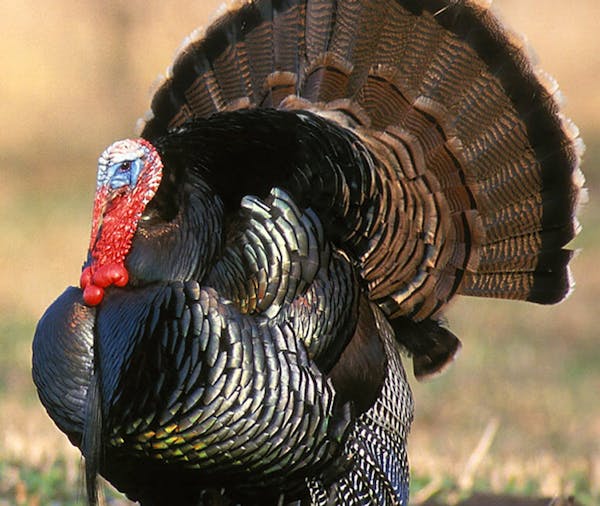Historically, ruffed grouse have been Minnesota's most popular game bird, measured by the number of hunters who pursue it and total of birds harvested.
That has changed some in recent decades, as peak populations of grouse have declined, with hunter numbers flagging proportionately.
Grouse numbers rise and fall in approximate 10-year cycles that aren't very well understood but likely are linked, at least in part, to the quality and quantity of available food. Habitat variations, how wet or dry a given spring nesting season is, winter snowfall amounts, disease prevalence and predator abundance also affect grouse populations.
Now the primary conservation group that advocates for ruffed grouse, the Ruffed Grouse Society (RGS) and American Woodcock Society (AWS), headquartered in Pennsylvania, has made dramatic changes to the way it operates, with a goal of significantly increasing ruffed grouse and woodcock habitat nationwide.
The group's new direction, over time, might help boost Minnesota grouse populations. But developing and/or improving grouse habitat on a landscape scale is challenging. Timber must be cut, markets for the timber must be available or developed, and cuttings must be continual enough and sufficiently executed so that different age classes of the "right" kinds of trees are arranged in relative proximity.
Another challenge is that wingshooters in Minnesota and elsewhere traditionally haven't supported grouse the way they support, say, pheasants.
Example: Some 22,000 Minnesotans belong to Pheasants Forever, while only 2,670 state hunters are Ruffed Grouse Society members. (RGS membership nationwide is 15,000.)
Yet grouse supporters have habitat-making advantages that pheasant advocates and others don't. Every time a logger cuts timber in grouse country, for instance, he makes habitat that benefits ruffed grouse.
With that in mind, Ruffed Grouse Society President and CEO Ben Jones, supported by the group's board of directors, in recent days laid off three of the group's four biologists and will replace them with foresters who secondarily are trained in wildlife science.
"We're going forward with timber economics as part of our operating model," Jones said by telephone last week. "We believe we can create and protect more habitat this way than we did previously, and ultimately that it will help increase our membership."
The transition should be smooth in Minnesota because the RGS forest conservation director who oversees Wisconsin, Iowa, Illinois and Minnesota, Jon Steigerwaldt, is staying in his position.
Another benefit here is the relatively large amount of timber cutting that already occurs in Minnesota compared to Eastern states. And unlike most states, forest and forest wildlife habitat money is available in Minnesota from the Wildlife Heritage Fund.
In states such as Indiana, where grouse numbers are 1% of what they were 40 years ago and no hunting of the bird is allowed, conditions are much worse.
Over time, Minnesota grouse also have plummeted in numbers and range.
In the mid-1850s, the birds were thick not only in the state's north country and southeast corner but in hardwood forests west of the Twin Cities that have since been cleared for farming.
Helping to facilitate timber cutting on state, federal and private lands is an attempt to reverse those trends, Jones said.
"In some cases we will cruise the timber of a potential sale, mark the timber and help administer the sale," he said.
RGS already has done some of this work in Minnesota on the Chippewa National Forest in a cooperative agreement with the U.S. Forest Service.
Expanding those efforts should create more forest habitat in a financially self-sustaining way, Jones said.
"Minnesota still has generally good habitat and good amounts of public land," Jones said. "But for a lot of states where grouse are disappearing, this will be the last serious opportunity to make habitat on a large enough scale to make a difference."
Interesting in helping? Or joining? Go to ruffedgrousesociety.org.
danderson@startribune.com

Anderson: Building a new Waterville fish hatchery will help shorten the time between bites

Anderson: Trailblazing sonar will be in thousands of boats for opener

Anderson: Celebrate Earth Day by rekindling real connection to nature
Anderson: Anglers protesting tough new Mille Lacs rules are wrong


